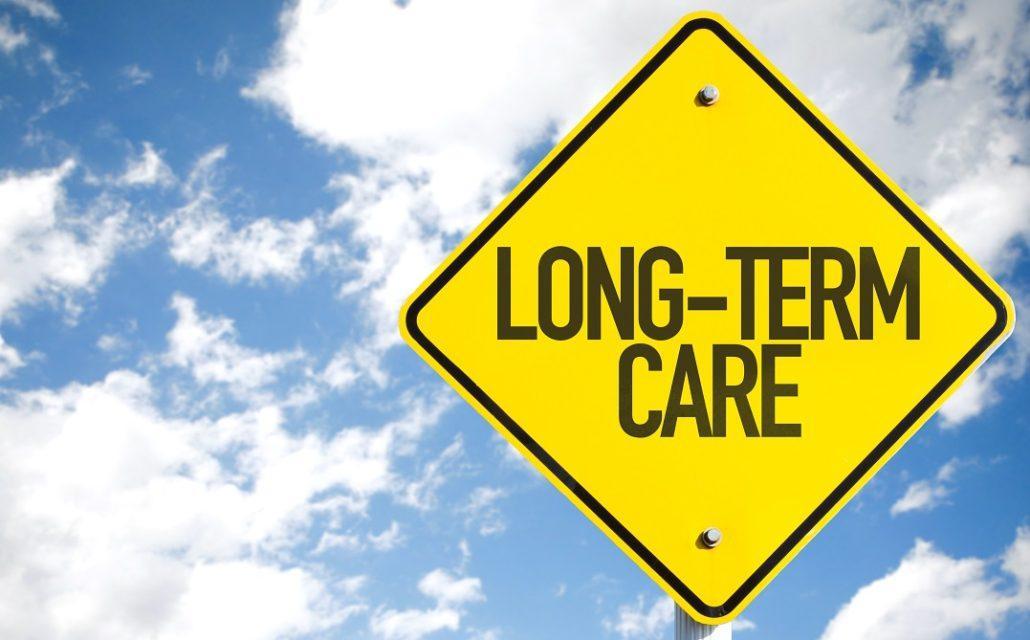The Medicaid entitlement was established in 1965 as part of President Johnson’s Great Society. It was originally designed as a safety-net program to provide health insurance for low-income families with children, for the disabled, and for some long term care. Enrollment and costs exploded and by 2010 it was one of the top three budget items for every state. It has been the number two budget item behind K-12 education for Washington state.
Obamacare allowed states to expand their Medicaid program to any low-income able-bodied adult age 18 to 64.
The funding of Medicaid has always been a shared responsibility between states and the federal government. The original Medicaid was a 50/50 partnership. The Obamacare expansion changed the ratio to 90/10, with federal taxpayers picking up the vast majority of new costs.
The COVID-19 lock down has caused a dramatic decrease in state tax revenue which has created serious budget problems for virtually every state. (here) No surprise, some state officials, as well as those on the political left, are now calling for more federal involvement in funding their Medicaid programs. (here)
States can’t print money, nor can they run budget deficits. Consequently, they look to the federal government to solve their financial problems.
States were foolhardy to expand Medicaid beyond a safety-net program and are now suffering the financial consequences. Of course, the political left encourages a federal take-over, simply as another step toward a complete single-payer, government-controlled health care system.
Ironically, after the COVID-19 crisis, the American public believes in the private sector more than the government to handle the country’s health care. (Personal communication with Frank Lutz, national pollster.) This is encouraging and bodes well for meaningful, patient-oriented health care reform once the pandemic passes.





